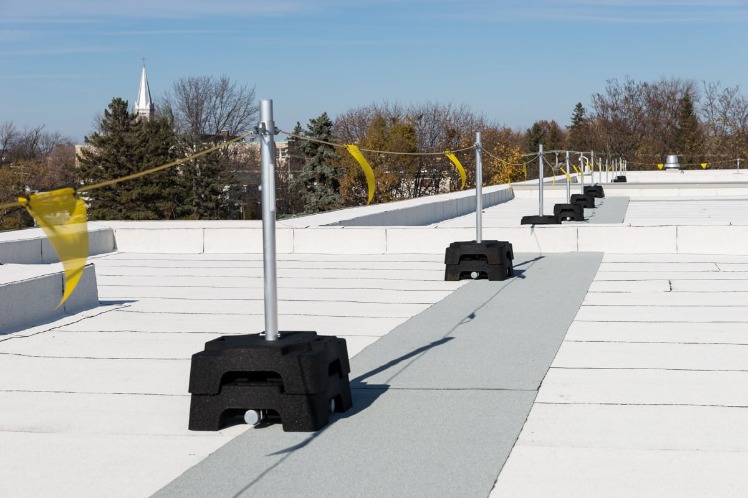When it comes to any roofing project, roofing safety is paramount. Beyond the immediate risks, the long-term integrity of your structure depends on these safety measures. Ensuring everyone involved adheres to rigorous standards not only prevents accidents but also guarantees a durable and secure roof.
Key Roofing Safety Practices
1. Proper Training
Providing thorough training for all workers is critical. Properly trained individuals will be well-versed in identifying hazards and taking the necessary precautions. This includes understanding the use of safety equipment, recognizing potential danger zones, and executing emergency procedures effectively.
- Fall Protection: Proper harnesses, guardrails, and safety nets.
- Tool Handling: Safe usage and storage of roofing tools.
- Weather Awareness: Understanding and respecting weather conditions.
2. Use of Personal Protective Equipment (PPE)
Personal Protective Equipment is essential for maintaining roofing safety. PPE includes items such as hard hats, gloves, safety glasses, and non-slip footwear. These components protect workers from injuries and enhance their ability to perform tasks safely.
- Ensure all PPE is in good condition and fits correctly.
- Replace any damaged or worn-out equipment immediately.
- Provide regular training sessions on the proper use of PPE.
3. Safe Ladder Practices
Ladders are a significant source of construction injuries. Establishing proper ladder safety protocols can greatly reduce the risk of falls and other accidents.
- Always inspect ladders before use for any signs of damage.
- Ensure ladders are stable and placed on a firm, level surface.
- Maintain three points of contact when climbing.
Frequently Asked Questions
Why is roofing safety important?
Read more about Commercial roofing basics here.
Roofing safety is critical to preventing injuries, fatalities, and ensuring compliance with legal standards. Adhering to safety protocols also enhances the quality and longevity of the roofing installation.
What are the most common roofing injuries?
The most common roofing injuries include falls from heights, injuries from tool misuse, and weather-related issues such as sunburn or heat exhaustion. Proper safety measures can mitigate these risks.
How can I improve roofing safety on my site?
Improving roofing safety involves regular training, frequent equipment checks, enforcing PPE use, and adhering to ladder safety protocols. Ensuring that every team member is aware of and follows these practices is essential.

Leave a Reply